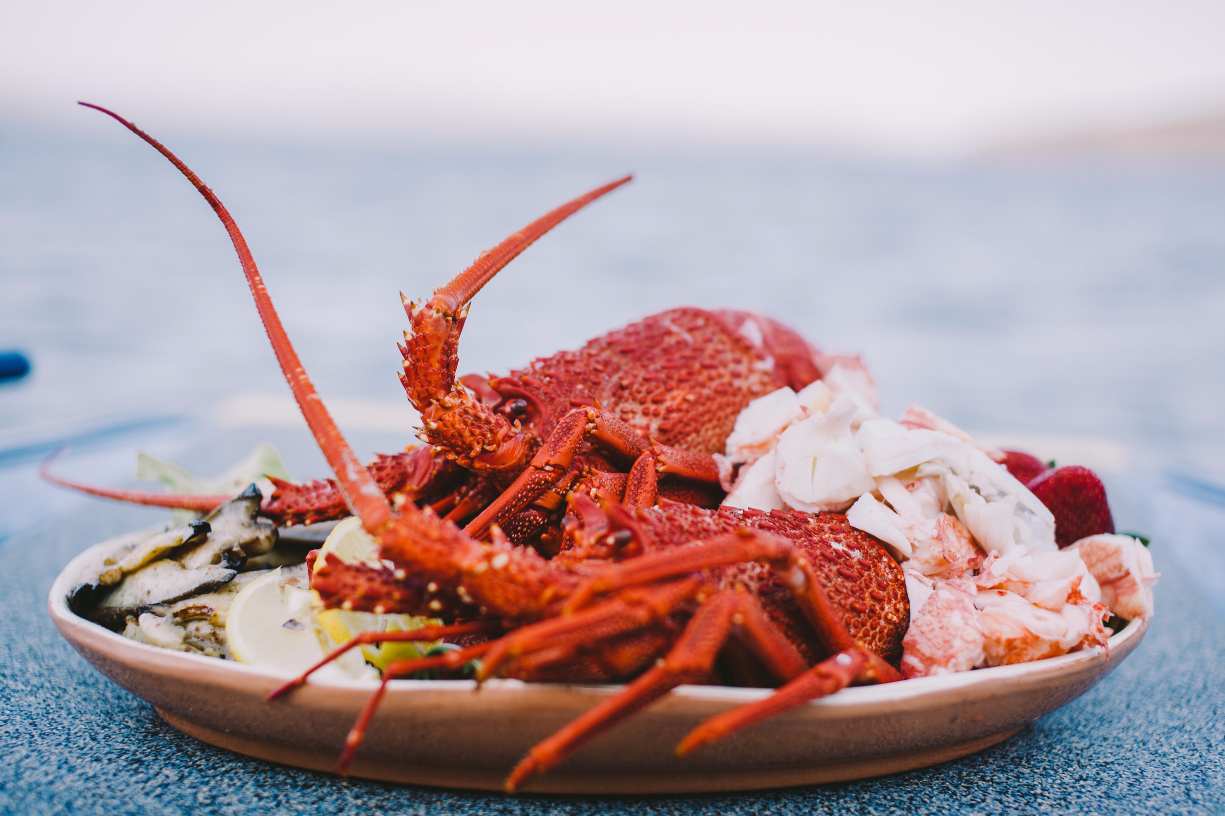Australian snake species are among the most fascinating and misunderstood creatures in the world. With over 140 land species and 32 marine species, Australia is home to some of the most venomous snakes on the planet—including the Inland Taipan, the world’s most toxic snake. But the country’s serpentine diversity is not limited to danger; it spans a wide range of behaviors, ecosystems, and ecological roles. From the vibrant green Tree Pythons of Queensland’s rainforests to the desert-dwelling Woma Pythons, these reptiles form an essential part of the continent’s biodiversity. Organizations like the Australian Museum and Australian Reptile Park offer valuable educational insights into these species, debunking myths and raising awareness about snake conservation.
Despite the reputation for danger, Australian snake species play a crucial role in maintaining ecological balance. For example, Eastern Brown Snakes, which are responsible for most fatal bites in the country, also help control rodent populations across vast farmlands. Data from CSIRO indicates that snakes are natural pest controllers, preventing agricultural loss and disease transmission. At the same time, conservation organizations like Bush Heritage Australia emphasize the role of snakes in Australia’s food webs, where their disappearance could trigger chain reactions across entire ecosystems. While many people fear snakes, Wildlife Preservation Society of Australia campaigns to teach the public that snakes are shy by nature and prefer to avoid confrontation.
Understanding where and how these snakes live is key to coexisting peacefully with them. From tropical rainforests and arid deserts to suburban backyards and wetlands, different species thrive in distinct habitats. According to data presented by the Department of Climate Change, Energy, the Environment and Water, Australia’s snakes have evolved extraordinary survival mechanisms. For instance, the Death Adder’s camouflage is so advanced it often goes unseen even when nearby. Urban encounters, however, have increased due to suburban sprawl—Snake Catchers Brisbane reported over 10,000 snake removals in residential areas in 2022 alone. This highlights the importance of learning snake safety protocols, as provided by St John Ambulance Australia.
What also makes these creatures remarkable is their complex reproductive biology, unique hunting techniques, and sensory perception. While many lay eggs, others like Tiger Snakes give live birth. Combat rituals between males, maternal behaviors in pythons, and the precise strike speed of Death Adders—all speak to a level of sophistication rarely attributed to reptiles. The University of Queensland conducts ongoing research on snake physiology and behavior, while Taronga Conservation Society Australia engages in breeding and conservation efforts to protect endangered species.
In a land where danger and beauty coexist, snakes are a symbol of both caution and natural wonder. The more we understand them, the better we can protect them—and ourselves.
Deadly and Beautiful: Iconic Snake Species of Australia
Eastern Brown Snake: The Second Most Venomous Land Snake
The Eastern Brown Snake is among the most feared Australian snake species due to its potent venom. Ranked as the world’s second most venomous land snake, it is responsible for over 60% of snakebite deaths in Australia. Measuring up to 2 meters in length, it thrives in eastern and central regions, often near human settlements. Despite its danger, this snake typically avoids confrontation and strikes only when provoked.
Inland Taipan: The World’s Most Venomous Snake
Also known as the “fierce snake,” the Inland Taipan holds the record for the most toxic venom among all known Australian snake species. A single bite can contain enough venom to kill 100 adult men. However, its remote desert habitat and reclusive nature make encounters extremely rare. The Inland Taipan can grow up to 2.5 meters and is recognized by its dark, smooth scales.
Tiger Snake: A Striped Danger from the South
Named for its banded appearance, the Tiger Snake is another highly venomous species found mainly in southern Australia, Tasmania, and coastal islands. It delivers neurotoxic venom that can cause paralysis. Data from the Australian Venom Research Unit indicates that Tiger Snake bites account for 17% of annual snakebite incidents.
Coastal Taipan: Fast and Lethal
Known for its lightning-fast strikes and large size, the Coastal Taipan inhabits northern and eastern Australia. Its venom is a mix of neurotoxins and blood coagulants. It can grow up to 3 meters, making it one of the longest Australian snake species. Antivenom is essential within hours of a bite.
Red-Bellied Black Snake: Striking Looks, Moderate Danger
With a shiny black body and striking red belly, this snake is common along the east coast. Although venomous, it is less dangerous compared to others. Hospital admissions from its bites are around 16 annually, with few fatalities thanks to prompt medical care.
Mulga Snake: Australia’s Heaviest Venomous Snake
Also known as the King Brown Snake, this robust reptile can exceed 3 meters in length and weigh over 6 kg. It delivers large volumes of venom but is less toxic than the Inland Taipan. Still, its wide distribution across inland Australia poses risks to rural populations.
Death Adder: Ambush Predator of the Forest Floor
Blending into leaf litter, the Death Adder uses ambush tactics to strike prey. Unlike other Australian snake species, it has a short, stout body and uses a tail lure to attract prey. It delivers a quick strike in just 0.13 seconds—one of the fastest in the world.
Habitats and Distribution of Australian Snakes
Desert Dwellers: Surviving the Arid Heart
Many Australian snake species have evolved to thrive in the arid deserts of central Australia. Species like the Inland Taipan and Woma Python are adapted to high temperatures and limited water. According to the Australian Museum, over 20 species inhabit desert ecosystems, using burrows and crevices to escape the heat.
Rainforest Residents: Biodiversity Hotspots
The tropical rainforests of Queensland and northern New South Wales house a variety of snakes including the Green Tree Python and Common Tree Snake. These environments offer high humidity and canopy cover. Studies estimate that 35% of Australian snake species are found in these biodiverse regions.
Grasslands and Agricultural Zones
Snakes such as the Eastern Brown Snake and Red-Bellied Black Snake are frequently found in grasslands and farmlands. Human encroachment into these areas increases the likelihood of encounters. Research from the CSIRO shows that over 40% of snake-related incidents occur in agricultural settings.
Coastal Wetlands and Mangroves
The Coastal Taipan and Marsh Snake are among those inhabiting wetlands and mangroves. These environments offer abundant prey such as frogs and small mammals. Government environmental reports note that coastal ecosystems support at least 15 unique snake species.
Urban Environments and Snake Relocation
As cities expand, many snakes adapt to urban fringes. Eastern Browns and Carpet Pythons are commonly reported in suburban backyards. In 2022, over 10,000 urban snake removal calls were recorded in Queensland alone, showcasing how Australian snake species coexist with urban life.
Islands and Isolated Populations
Australia’s islands host several endemic snake species. For example, the Tiger Snake has distinct island subspecies in Tasmania and Kangaroo Island. Isolation has led to genetic variations, making these populations valuable for conservation efforts.
Highland and Alpine Zones
Though less common, some snakes have adapted to cooler highland regions. The White-Lipped Snake is the only venomous snake found above the snow line in the Australian Alps. It measures just 40 cm and primarily feeds on skinks, showcasing adaptability among Australian snake species.
Snake Behavior, Diet, and Reproduction
Nocturnal and Diurnal Activity Patterns
Different Australian snake species exhibit varied daily activity. While Red-Bellied Black Snakes are mainly diurnal, many desert species are nocturnal to avoid heat. Research from the University of Sydney notes that over 60% of native snakes are more active during dawn or dusk hours.
Feeding Habits: From Rodents to Reptiles
Snakes are carnivores with diverse diets. Eastern Browns prefer rodents, contributing to pest control in rural areas. Coastal Taipans and Mulga Snakes eat small mammals and birds. Some, like the Green Tree Python, specialize in arboreal prey. Statistics show snakes consume over 100 million rats annually in Australia.
Reproductive Cycles: Oviparous vs. Viviparous
Most Australian snake species lay eggs (oviparous), but some like the Tiger Snake give live birth (viviparous). Breeding season typically starts in spring. Females may lay 10–30 eggs per clutch. Temperature significantly affects embryo development, with ideal incubation ranging between 26–32°C.
Mating Rituals and Combat Dance
Males often engage in ritual combat to win mates, especially during spring. This “combat dance” involves entwining and pushing the rival to the ground. Studies show that species such as the Carpet Python exhibit prolonged mating behaviors lasting several hours.
Hibernation and Brumation
In colder climates, snakes enter brumation—a state similar to hibernation. Activity ceases, and metabolic rates drop. Snakes like the White-Lipped Snake brumate for up to 4 months during winter, hiding in logs or burrows. This adaptation helps many Australian snake species survive seasonal temperature shifts.
Parental Behavior and Nesting
Unlike mammals, most snakes provide no parental care. However, exceptions exist. The female Woma Python coils around her eggs to incubate them. This maternal behavior improves hatchling survival rates, especially in harsh desert environments.
Molting and Growth
Snakes shed their skin periodically to accommodate growth. Juveniles molt more frequently—every 2 to 3 weeks—while adults may molt a few times a year. Molting is also a way to remove parasites, playing a vital role in the health of Australian snake species.
Myths and Facts About Australian Snakes
Myth: All Australian Snakes Are Deadly
While many venomous snakes exist, only 12 out of over 140 terrestrial Australian snake species pose significant danger to humans. Most snakes are shy and avoid confrontation. The Australian Reptile Park reports that fatalities from snakebites average just 2 per year.
Fact: Snakebite Antivenoms Are Readily Available
Australia leads globally in antivenom development. Antivenoms are available for all medically significant snake species. Prompt administration has reduced snakebite mortality to less than 0.03% of cases annually, according to the Australian Institute of Health and Welfare.
Myth: Snakes Chase People
Snakes do not actively chase humans. Rapid movements or defensive postures may be misinterpreted as aggression. Studies using GPS tracking confirm that most Australian snake species retreat from perceived threats unless cornered.
Fact: Snakes Are Vital to Ecosystem Health
Snakes help control rodent populations and maintain ecological balance. For instance, one Eastern Brown Snake can consume up to 1,000 mice annually. Without them, agricultural areas could face pest outbreaks and crop loss.
Myth: Killing Snakes Is the Best Protection
Killing snakes is both illegal and ineffective. It increases risk and disturbs the ecological balance. The Department of Environment and Water advises calling professional handlers for safe removal. In 2023 alone, over 25,000 snakes were safely relocated in New South Wales.
Fact: Snake Identification Reduces Risk
Education on snake behavior and identification drastically reduces bite incidents. Community programs across Australia now include workshops, posters, and school curriculums. Awareness campaigns have cut snakebite rates in rural Queensland by 15% over five years.
Myth: Baby Snakes Are Harmless
In truth, juvenile venomous snakes can be just as dangerous as adults. Their venom is fully developed, and they may bite more unpredictably. The Eastern Brown Snake, for example, is highly venomous from birth, proving that all Australian snake species, regardless of age, should be respected.




